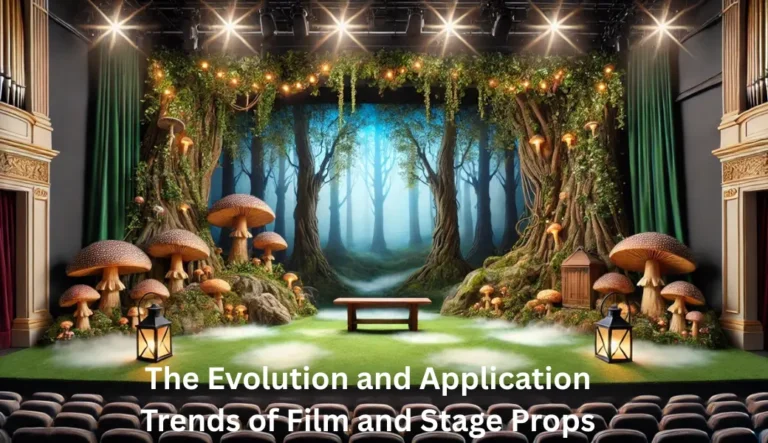Props have always played an irreplaceable role in film and stage art. In the early days, most props were static, such as wooden furniture, replica weapons, or paper backdrops, mainly used to create atmosphere. With technological progress, the function of props has gradually expanded, requiring not only visual realism but also interactive effects to better support performances.
Deep Overview: The Evolution & Application Trends
In recent years, the integration of smart technology has brought new breakthroughs to prop design. For example, by embedding voice systems or sensors into props, actors can interact with them to create more authentic stage effects.
In certain scenes, specially crafted models or life-sized figures may replace actors to ensure safety and efficiency. In such cases, highly realistic items like a mature sex doll are occasionally borrowed as stand-ins due to their lifelike appearance and texture.
At the same time, the demand for diverse prop designs has grown. Film and theater often require props to represent various body shapes, identities, or exaggerated visual effects.
Traditional custom-made models are expensive and time-consuming, while ready-made humanoid props can sometimes offer a more convenient solution. For example, when showcasing exaggerated body types on stage, some productions may use a fat sex doll as a special styling prop to enhance dramatic visual impact.
Conclusion
The evolution of film and stage props has moved from static displays to smart and diverse applications. They are no longer just part of the background but are increasingly becoming essential elements that enhance performance. Whether through traditional craftsmanship or modern technology, the advancement of props demonstrates the integration of art and practicality, with occasional special cases serving as a reflection of this trend.
